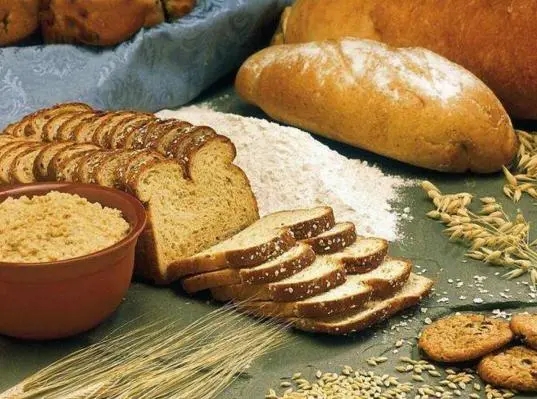Phosphatidylserine Price,For Low-fat Food
Time:2024-07-16
The strategy of replacing fat with phosphatidylserine in low-fat foods is primarily based on its unique physicochemical properties and nutritional functions. The replacement strategy is detailed as follows:
1. Basic Characteristics of Phosphatidylserine
Source and Extraction: Phosphatidylserine is widely found in bacteria, yeast, plants, and mammalian cells. It can be extracted from the residue of natural soybean oil extraction.
Chemical Structure: It has amphiphilic properties, meaning it possesses both hydrophilic and lipophilic qualities, allowing it to act as an emulsifier and stabilizer in food systems.
Nutritional Functions: Phosphatidylserine is an essential component of cell membranes and plays a significant role in neuronal function, nerve impulse conduction, and brain memory functions.
2. The Role of Phosphatidylserine in Replacing Fat in Low-Fat Foods
·Emulsifying Action
Principle: Phosphatidylserine has excellent emulsifying properties, forming stable emulsions between water and oil phases, thereby replacing some of the fat's functions in foods.
Application: In low-fat dairy products (such as low-fat milk and yogurt) and low-fat baked goods (such as low-fat cakes and cookies), phosphatidylserine can be used as an emulsifier to improve texture and taste while reducing fat content.
·Enhancing Stability
Function: Phosphatidylserine can enhance the stability of foods, preventing fat oxidation and phase separation, thus extending the shelf life of low-fat foods.
Example: In low-fat salad dressings and condiments, phosphatidylserine helps to suspend oils and water, achieving good emulsification and stability.
·Improving Flavor and Texture
Effect: Although phosphatidylserine itself does not have a strong flavor, it can improve the texture and mouthfeel of foods, indirectly increasing consumer acceptance.
Application: In low-fat meat products, phosphatidylserine can be combined with other flavor components to simulate the taste and texture of full-fat products.
3. Specific Implementation Strategies
·Formula Adjustment
Reduce the amount of fat in the formula of low-fat foods appropriately and increase the amount of phosphatidylserine to maintain the product's texture and taste.
Adjust the amount of phosphatidylserine and the proportion of other ingredients based on the specific product requirements to achieve the best results.
·Process Optimization
During production, use appropriate process conditions (such as temperature, time, stirring speed, etc.) to ensure that phosphatidylserine can fully exert its emulsifying and stabilizing effects.
Avoid oxidation or decomposition of phosphatidylserine at high temperatures to maintain its effectiveness.
·Quality Control
Strictly control the quality of phosphatidylserine raw materials to ensure their purity and quality meet standards.
Conduct rigorous quality monitoring and testing during production to ensure the quality and safety of low-fat foods.
4. Case Studies and Effect Evaluation
Case: Phosphatidylserine has been widely used in the production of low-fat dairy products and baked goods with good results. For example, in low-fat ice cream, phosphatidylserine can improve its taste and texture, making it smoother and creamier.
Effect Evaluation: Through consumer tasting and market feedback, the effect of phosphatidylserine as a fat substitute in low-fat foods is evaluated. The results show that phosphatidylserine can effectively replace some of the fat's functions in foods while maintaining or enhancing the overall quality of the product.
The strategy of replacing fat with phosphatidylserine in low-fat foods is feasible and effective. Through reasonable formula adjustment, process optimization, and quality control, its advantages can be fully utilized, providing strong support for the development and production of low-fat foods.


 CN
CN





